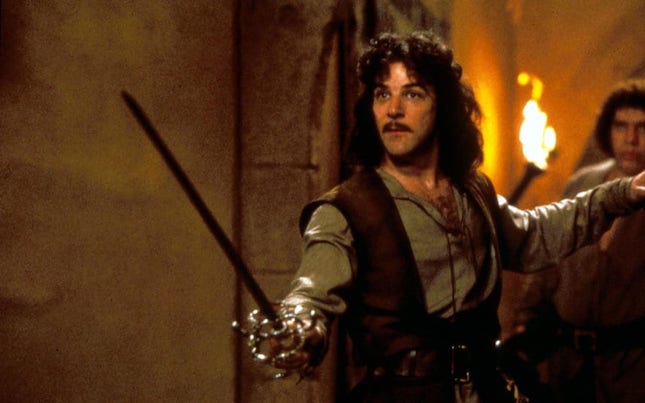How Your Detective’s Fact Review Scene Works in Your Mystery

Your Detective Looks Back
As your detective tries to solve the mystery puzzle, one trope you want to include in your story is the review of facts so far. As your protagonist, your detective leads your reader through solving the puzzle.
Don’t overlook this key scene in your mystery because it works two ways.
Compilation of Evidence, Clues, and Suspects
This scene allows your detective to interpret and consider each piece of the mystery puzzle and how the relate to each other. This process displays your detective’s critical thinking skills, especially their ability to apply divergent thinking to the importance of each puzzle piece.
Your detective struggles with what they know about the victim and what they know about the crime itself from evidence and clues. While they have collected the pieces before, now, in this scene, they look to develop relationships between and among all the disparate pieces of information.
Use the Compilation Twice
The First Review. The first review comes somewhere before the midpoint of your mystery (Act 2 in the Four-Act Structure). Your detective has explored the victim’s world by collecting evidence, gathering clues, and interviewing suspects.
Now your detective tries to take all the bits and pieces of knowledge and put them into a coherent whole. From each suspect’s portrayal of the victim, your sleuth tries to construct a complete picture of the victim. And from evidence and clues, your dtective puts together a method of the killing, even if they don’t know the why yet.
And your detective will try to reach a conclusion as to why the victim was killed.
Your detective may think “outside the box” examining different ways of interpreting not only the clues but the suspect statements. They wonder what a suspect meant by the way they described the victim or the victim’s relationship with another suspect, or the suspect’s relationship to another suspect.
As the author, you will direct your sleuth toward erroneous conclusions which they will need to reverse after the midpoint.
The Second Review. After the midpoint when your detective realizes they’ve been going down the wrong path, misinterpreting what they know so far, your detective tries to fill in the blanks of what they know.
At some point after the midpoint (Act 3 in the Four-Act Structure) they perform another review which includes details and information they have collected since the midpoint.
This time, the review includes your detective’s new interpretation of all the information as they list details one by one. If you place this near the end of Act 3, it may be the moment when the villain emerges as the primary suspect. Your detective doesn’t know this for sure, it’s just that the information makes them look likely.
You’re pointing the story toward the last act.
Organize the Information for Your Reader
While your reader may be admiring your detective’s reasoning skills, you are also refreshing their memory on what has happened before. You’ll call attention to a clue or renew a suspect’s version of what the victim was like.
You give your reader a chance to remember. More importantly you give them an opportunity to pat themself on the back. I remember that. Or I knew that guy was fishy. Or She’s a liar.
So, while your detective is being deliberate, you build emotional connection for the reader.
Don’t Skip These Scenes
You know your story. But your reader may forget. They may not remember what they read 100 pages ago. Or, it could be several days or even weeks since they picked up your story. These review scenes further your story in two ways.
- Demonstrate your sleuth’s thinking skills
- Keep the reader emotionally involved
Beginning mystery writers may leave out these scenes because they usually don’t include action. And that’s OK, because you can place these scene immediately after an action scene to give your reader some breathing room. At the same time, you’ll get them emotionally involved in the mystery puzzle, willing to follow your detective wherever they go next.
Photo by Glenn Carstens-Peters on Unsplash





